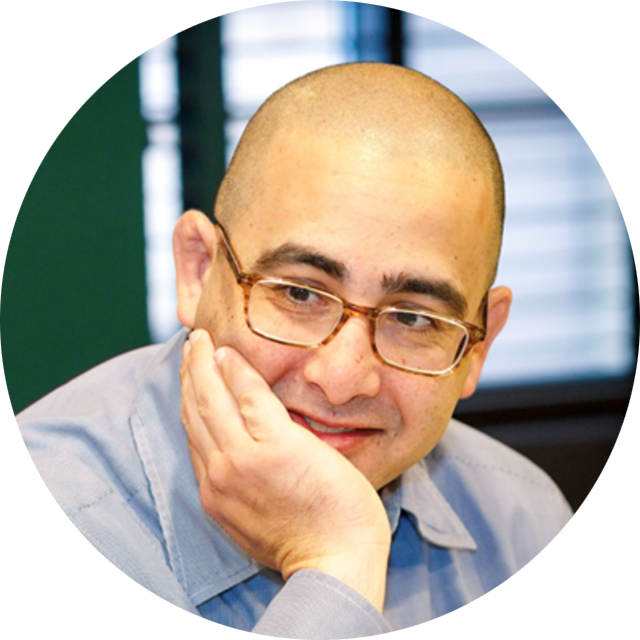
Advancing the
health & human rights
of people in pain.
DID YOU KNOW
Pain is the no. 1 cause of disability globally.

AND IN THE US
1 in 6 people lives in pain every day.
40 million experience severe pain.
Nearly 20 million people have pain that prevents life activities and work.

PAIN IS…
a human issue.
Pain can affect anyone regardless of race, gender, or age. It affects the most basic aspects of human life: the ability to function, to work, and to partake in family and social life.

PAIN IS…
a racial equity issue.
Some medical conditions causing pain disproportionately affect people of color. People of color are more likely to have their pain rated lower by clinicians or to be perceived as “drug-seeking,” and therefore face greater barriers to care.

PAIN IS…
a disability issue.
Nearly 20 million Americans have pain that prevents them from engaging in basic life activities. Pain is the chief cause of long-term disability globally and in the US. People with disabilities face heightened barriers to care.

PAIN IS…
a woman’s issue.
Chronic pain disproportionately affects women, with some studies showing that up to 70% of people with chronic pain are women. Despite this, women often have their pain dismissed or disbelieved.

PAIN IS…
a Veteran’s issue.
Those in the military or Veterans are disproportionately affected by pain.

PAIN IS…
an older person’s issue.
Long-term pain is one of the most common and incapacitating conditions in older adults.

PAIN IS…
a children’s issue.
Children’s pain is often underestimated and undertreated. How we treat children’s pain shapes their development and lifelong relationship with healthcare.

PAIN IS…
a health equity issue.
Many groups experience greater pain and heightened barriers to care. Transgender people may have more severe pain. Access to care is burdened for people living in poverty or rural areas.

WHAT WE DO
At NPAC, we will work to change perceptions and policies until people with pain are included in all aspects of social and economic life.
How we think about pain informs our willingness to invest in its treatment.
Policies often determine who gets access to services and care.
OUR INSPIRATION
Pain is stigmatized and misunderstood, and people with pain are often excluded from social life. These injustices have compounded amidst a drug overdose crisis and global pandemic.
In response, we have come together as scientists, clinicians, civil rights advocates and people with lived experience of pain to fight barriers to medication and care, uplift people with pain, and expand available treatment and services.
We’ve received funding from Open Society Foundations, the Ford Foundation, the BOREALIS Foundation’s Disability Inclusion Fund, and individual donors.
OUR FOUNDER AND EXECUTIVE DIRECTOR
Kate Nicholson
EXECUTIVE DIRECTOR
Kate Nicholson, JD, is a civil rights attorney and a nationally-recognized expert on the Americans with Disabilities Act (ADA). She served in the U.S. Department of Justice for 18 years, where she litigated and managed cases, coordinated federal disability policy, and drafted the current ADA regulations. Kate developed intractable pain after a surgical injury left her unable to sit or stand and severely limited in walking for nearly two decades.
OUR BOARD OF DIRECTORS
OUR SCIENCE & POLICY ADVISORY COUNCIL
Samina Ali MCDM, FRCP(PEM)
Mara Baer, MPH
Tamara Baker, PhD
Lindsay Baran, MS
Leo Beletsky, JD, M.P.H.
Hance Clarke MD, FRCPC, PhD
Daniel Goldberg, JD, PhD
Juan M Hincapie-Castillo, PharmD, MS, PhD
Stefan G. Kertesz, MD, MSc
Sean Mackey, MD, PhD
Monica Mallampalli, PhD, MSc
Jonathan Mayer MA, PhD
Ethan Nadelmann, PhD, JD
Jennifer D. Oliva, JD, MBA
Sally Satel, MD
Robert E. Shapiro, MD, PhD
OUR COMMUNITY LEADERSHIP COUNCIL
RECENT ADVOCACY FROM NPAC:
NPAC is first and foremost a policy-focused advocacy group.













































